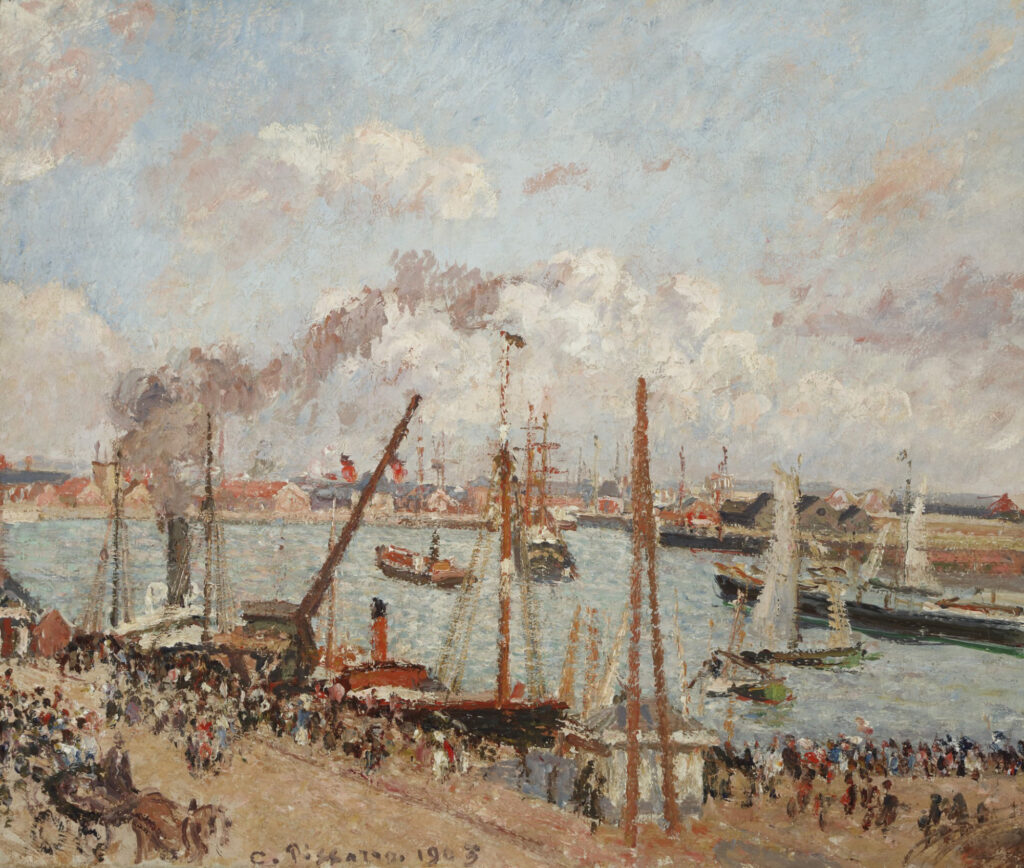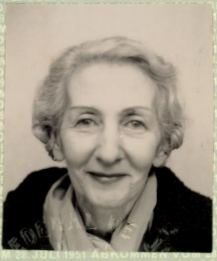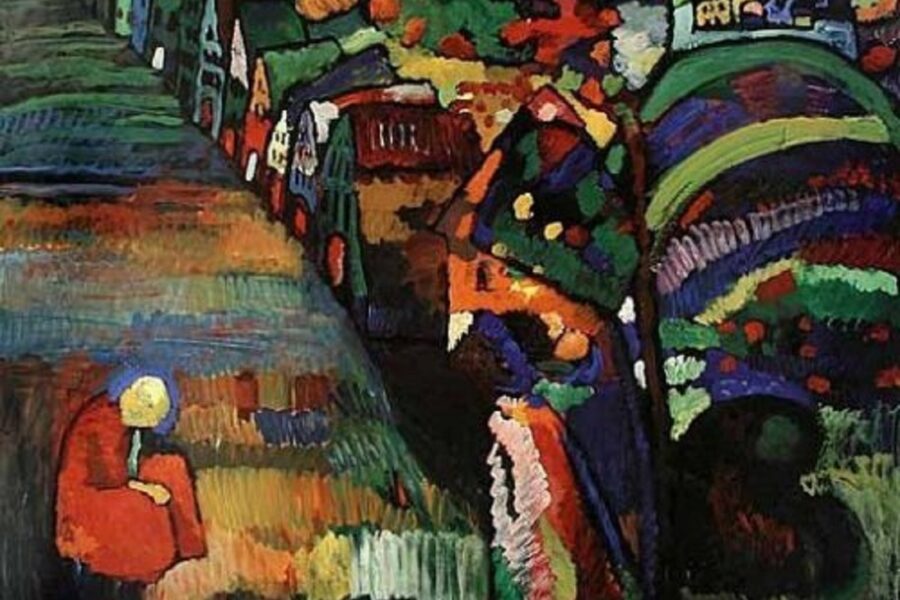The diplomat and lawyer who helped write the treaty used around the world to guide restitution claims is representing the family of a childhood friend, which has been sued to surrender a painting
January 23, 2022, by Graham Bowley – Excerpt

“Stuart E. Eizenstat…helped set the policies for the just settling of restitution claims as a diplomat, is now involved in his first claims case as a lawyer.”
“As a diplomat and lawyer, Mr. Eizenstat, 79, has advised five U.S. administrations, including that of President Biden, on Holocaust issues. He has negotiated with European governments and companies, recovering more than $8 billion for Holocaust survivors and families, and helped write the landmark Washington Principles on returning looted art, a treaty now used around the world to “expeditiously” promote “just and fair solutions” to restitution claims.”
“No self-respecting government, art dealer, private collector, museum or auction house should trade in or possess art stolen by the Nazis,” Mr. Eizenstat said in an essay in 2019.
“But, as a lawyer, Mr. Eizenstat had never gotten involved in an individual restitution case. That changed a few months ago when he agreed to help a childhood friend whose family is being sued by the heirs of a Jewish couple whose art collection was seized by the Nazis.”
“Since 2015, relatives of Ludwig and Margret Kainer have pursued a claim for a painting by Pissarro, the Impressionist master, that was once a part of the Kainers’ collection. Last May, the heirs sued the family of Gerald D. Horowitz, and in the ensuing weeks Mr. Eizenstat, a childhood friend of Mr. Horowitz’s wife, Pearlann Horowitz, agreed to work on the family’s behalf.”
“Though Mr. Eizenstat’s clients are themselves Jewish, the optics of his surfacing for the first time in a restitution case, not on the side of claimants, but of defendants, have surprised some experts in the field.”

“The painting, “The Anse des Pilotes, Le Havre,” an oil on canvas work from 1903, depicts a harbor scene and was part of the Kainers’ collection when the couple left Germany in 1932…”
“In 1935, more than 400 Kainer possessions, including the Pissarro and 31 other paintings, were sold at auction in Berlin, the suit says, to pay a Reich flight tax, a financial instrument that was often used to punish Jews who fled the country. In 1963, a German appeals court ruled that the tax levied on the Kainers had been discriminatory, according to James Palmer, founder of Mondex Corporation, a company that pursues restitution claims and is representing the Kainer heirs. In addition, the Kainer heirs have a page from the 1935 auction catalog that references the painting.”
“The painting’s path for the next 60 years is not completely clear, though it was owned for some time, Mr. Palmer says, by a German industrialist who had bought it at the auction.”
“In 1995, Mr. Horowitz purchased it from Achim Moeller Fine Art in New York, but only after checking with a respected database that tracks looted art. The painting was not listed.”
“In 2014, the Horowitz family lent the work for display at the High Museum of Art in Atlanta, around which time it was identified by Mondex, which was already working with the Kainer heirs. The Kainers had died in the 1960s without children, and their current heirs claiming the painting are the children and grandchildren of cousins.”

“Mr. Eizenstat began advising the Horowitzes sometime after the Kainer heirs took their claim to court last spring, according to Mr. Palmer, and is helping out the lawyer on the case, Joseph A. Patella.”
“Mr. Eizenstat worked in the Carter administration as chief domestic policy adviser and served as deputy secretary of the Treasury in the Clinton administration. His numerous awards include France’s Legion of Honor. Last year, the United States Holocaust Memorial Museum awarded him its highest honor for working “tirelessly to secure a measure of justice for Holocaust survivors.””
“He is dealing with governments and policy and dealing on a much wider macro level,” Mr. Palmer said, “so for him to be involved in a very personal level, it was a surprise.”
“Certainly a ‘just and fair’ solution requires candor and transparency,” Mr. Palmer said. But, he said, more important is that the agreement in principle “is a very productive result for all of the parties involved.”
“Mr. Palmer added that during the negotiations he had told Mr. Eizenstat it was an honor to work with him. “I told him that we would not have been in existence if not for him, so I thanked him,” he said. “I am very cognizant of the contribution he has made to the rest of the world.””
This is an excerpt from this New York Times article. Full article through this link: https://www.nytimes.com/2022/01/23/arts/design/stuart-eizenstat-pissarro-looted-art.html?searchResultPosition=10


